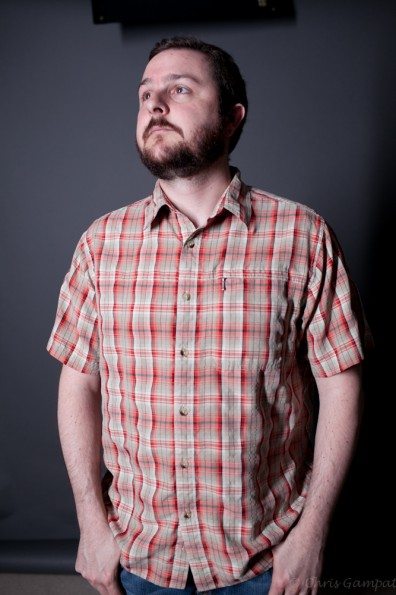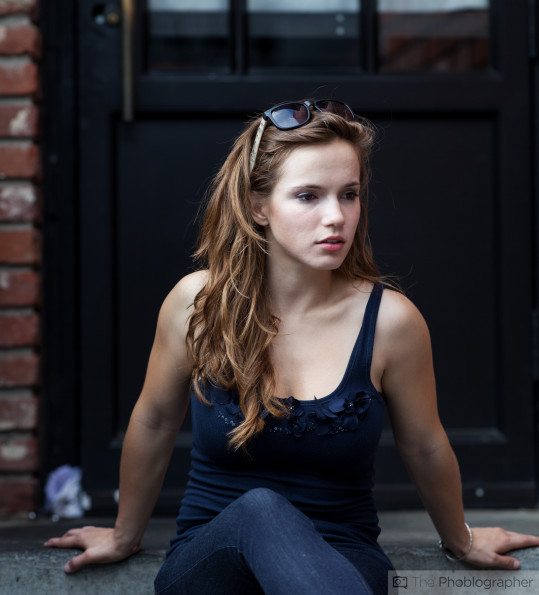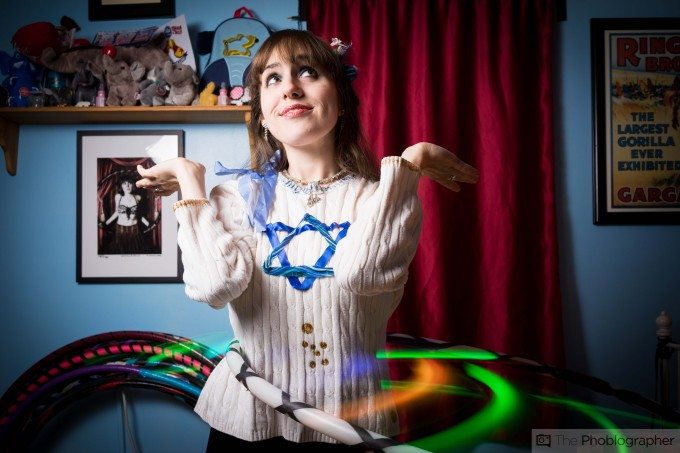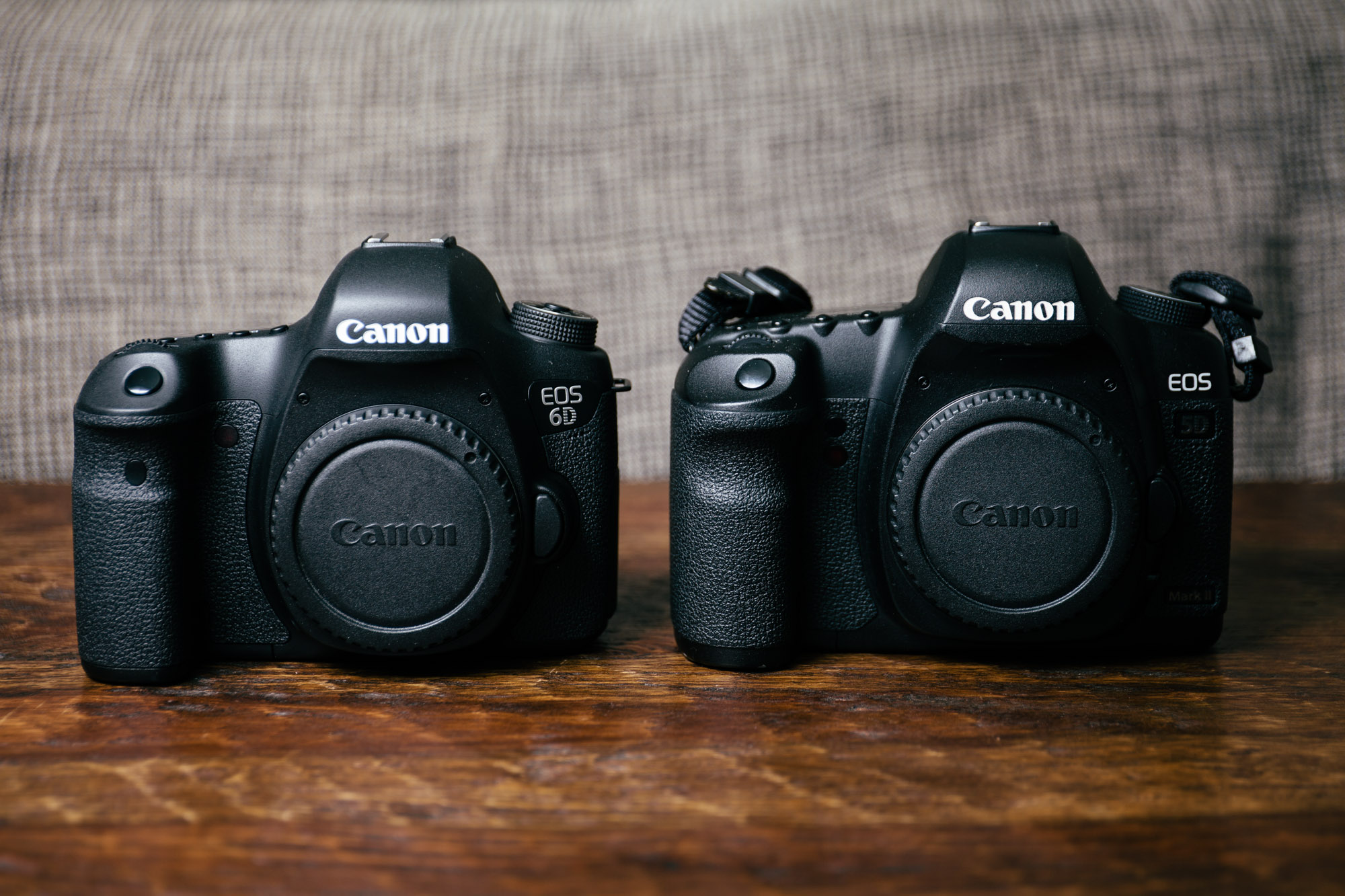In the late 2000s, the camera industry had healthy competition that actually stood out from one another. The Nikon D700 and its relatives used 12MP sensors that tried to give the best high ISO output. The Canon 5D Mk II tried to give great resolution and colors with a bit of a balance. And the Sony a900 gave us high resolution and a pretty great camera body overall. It didn’t feel like every camera so performing so similarly and doing the same things. I chose the 5D Mk II, and arguably that’s the camera that I built a big part of my career on. When I look back at our older articles, I often look lovingly at the photos that I shot on the Canon 5D Mk II. And today, nothing quite captures the colors that I got during that time. I yearn for them.
What Made The Canon 5D Mk II Sensor So Special?
The Canon 5D Mk II truly did have a special sensor. It was the first DSLR to be able to shoot 1080p HD video at 24p — which is what cinema uses. Cinematic video is still, in my eyes, the clearly superior winner in every way possible. I loathe the look of 60p video and 30p is only really good for live events and sports.
Because of this, it was also very good at high ISOs. I regularly shot with it at ISO 6400, and when I used Lightroom, I was able to get really clean RAW files that were very usable. ISO 6400 today is a joke, as mostly any camera can do that very easily and get more than usable RAWs.
But part of what added to the magic of the sensor was just how odd the light meter was. I remember having conversations with colleagues about how the sensor tends to underexpose a scene and that you typically want to bring that back in post-production. Indeed, I couldn’t get the image perfectly right out of the camera — the Canon 5D Mk II was from a time when you really had to do post-production to get a great image. That’s not the case these days as much.
And more importantly, the sensor’s output really just needed an exposure fix, some contrast, a bit of saturation, and you were all done if you got the white balance right in-camera. The skin tones that it delivered were always immaculate.




Today’s Cameras Can’t Compare
There are a bunch of events I’ve shot over the years where when I look back at the Canon 5D Mk II sensor output, I really am in awe. I’ve shot weddings, portraits, nightlife, landscapes, and so much more. The camera was there with me during some incredibly difficult and triumphant times. The colors it gave me were great.
Will the Canon R5 II Do Something Similar?
Sometimes I wonder if Canon cares about getting colors like this again. And oftentimes, I don’t think that they do. Instead, they care more about their present and future. That’s evident by what we see from the company with their camera design. They steadfastly stayed away from retro designs. The rest of the camera industry embraced it, but they decided to not go for it. However, the rest of the camera industry is embracing the idea that colors can look like film and early digital again. Why maybe there’s hope that Canon might do this with the R5 II.
But I doubt it.


